We have recently updated the home page text on our website to match the title of this blog. GlassWater is still in its infancy, and as we set out every day to build something, we find that the “something” could in fact change over time. When we were first creating the website, we had a chance to document what we were all about…well what we thought we were all about. Over the past several years we have been witnessing one of the greatest disruptions in the technology age; the advent of the cloud.
Of course there are the skeptics who readily quip that there is nothing very innovative about the cloud, its just a shift in capital expenses. Rather than keeping my data in a building I own, I am going to put it in a building owned by someone else. Not exactly earth shattering. But, what we’ve witnessed were all the other changes that take place as a ripple effect to that decision. Who else is keeping their data in that new building and do they have access to my data? Does that building sit in a country with similar legal and statuary protections as my own? Are the applications I use to run my business compatible with new cloud technologies? These are just a few of the thousands of questions asked when considering a move to the cloud, and as such, a thriving industry has been created to address that, and this is where we saw ourselves existing, between the companies making the shift to the cloud, and the innovative technology companies who offer software and services to address the challenges that arise.
So with that, we evaluated the feedback and observations we have made over the last 6 months and we have realized that the projects we are most excited about, the one’s we hang on to like a dog with a bone, are those where we can actually visualize and justify the business value of the solution we are proposing. We fix slow and manual processes in order to decrease transaction value for a company, we are compiling and visualizing data to allow companies to make more informed decisions.
Often the value creation is not immediately revealed. We are commonly engaged via the IT department and they are not natively exposed to the enterprise value of a problem they are trying to fix. We assist in that process, both in framing the problem and proposing a solution as a team with IT and the line of business.
Over the last couple years, I have been reading and studying the Value Investing philosophy most widely known as the strategy employed by Warren Buffett. Books, articles, podcasts, I love it and can’t get enough of it. In 1984 Buffett said:
“Unrestricted earnings should be retained only where there is a reasonable prospect- backed preferably by historical evidence or, when appropriate by a thoughtful analysis of the future- that for every dollar retained by the corporation, at least one dollar of market value will be created for owners. This will happen only if the capital retained produces incremental earnings equal to, or above, those generally available to investors.”
Ok, so this is a heavy statement, but for an employee of an organization, be it corporate or government, you have to take a similar approach. You have to realize that your organization has entrusted you with the capital to spend on its behalf, are you deploying it wisely? The organization could have redistributed those earnings and budgets to any number of other vehicles, but they chose you. Sounds like a grand responsibility, right? Well its not always that dramatic, but it should make us think, for every dollar we spend on a new project, is it creating at least 1 dollar in value in return?
The other critical term the title of this blog, apart from value, is “asset”. Rather than thinking of your work life as a service: operations, maintenance, sales, marketing, etc., think of it as a vehicle for asset creation. As you go about your day, are you developing unique processes, strategies, or even applications that can be documented, trained, and repeated? You may not realize it as first, but with a little extra effort, you can create a valuable asset that makes your organization a better place, a more valuable company to its shareholders, or stronger against its competition. If you are part of a government organization, are you using taxpayer dollars to improve your level of service to those citizens?
We are thinking in these terms when we meet with prospects and clients, and we deploy our previous experiences and innovative technologies to deliver valuable assets to them.

